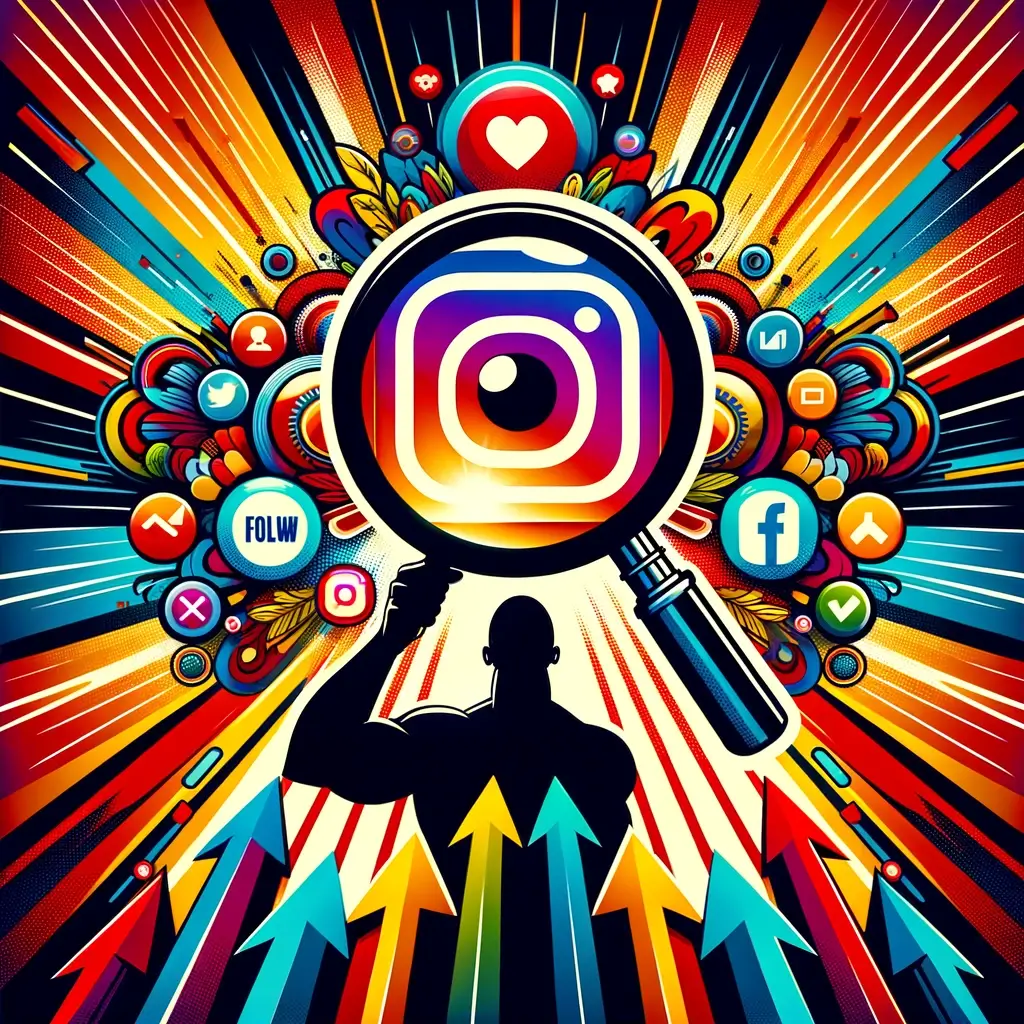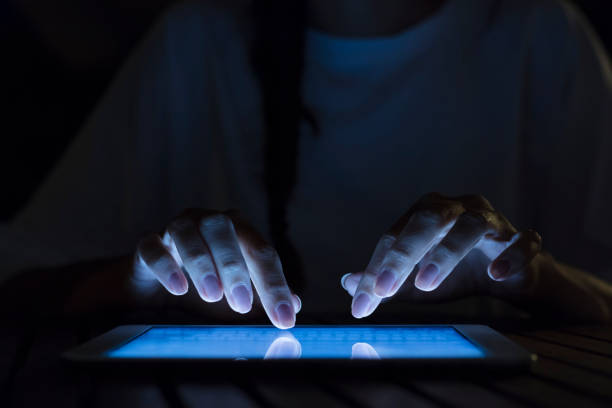Redefining Influence: The Power Dynamics of Bought Followers on Instagram
In today’s digital age, social media platforms have become a powerful tool for individuals and businesses to build their online presence. Among these platforms, Instagram stands out as a hub for influencers – individuals who have amassed a large following and are seen as trendsetters within their niche.
However, there is an unsettling trend that has been gaining traction in recent years – the purchase of followers. It’s no secret that many influencers resort to buying followers to bolster their credibility and increase their perceived influence. But what does this mean for the true dynamics of power and influence on Instagram?
At first glance, the strategy seems appealing. A higher follower count may attract more attention from brands searching for potential partnerships or collaborations. It can also create a sense of popularity and authority around an influencer’s brand or content.
But let’s take a deeper dive into the repercussions of these bought followers. Firstly, it distorts the perception of true engagement levels. While an influencer may claim to have hundreds of thousands or even millions of followers, there is often little evidence to prove that these are genuine fans who actively engage with their content.
Moreover, when brands partner with influencers based solely on follower count without assessing engagement rates carefully, they risk wasting precious marketing budgets on campaigns that may not generate meaningful results. Ultimately, this undermines trust in influencer marketing as a whole.
Beyond misleading brands and deceiving audiences lies another critical issue – ethics. Buying followers goes against the fundamental concept of building authentic relationships with your audience based on trust and mutual interests. It compromises the integrity that true influencers strive so hard to cultivate.
On top of this ethical dilemma is another consequence: decreased organic reach and engagement rates. When an influencer’s follower base contains bought accounts (often bots or inactive users), it reduces overall engagement metrics such as likes, comments, shares – all vital indicators for both algorithmic ranking and attracting genuine engagement.
Furthermore, the sheer presence of these bought followers sheds doubt on an influencer’s credibility. Savvy Instagram users are becoming more adept at spotting fake influencers, leading to a loss of trust and potential damage to one’s personal brand or business reputation.
As the industry acknowledges the growing concern around bought followers, brands are gradually shifting their focus towards micro-influencers. These influencers typically have a smaller but highly engaged following that offers more authentic connections with their audience.
The future lies in transparency and fostering real relationships with genuine followers. Building an organic following may take longer, but it ensures that true influence is derived from quality engagement rather than just numbers on a screen. Influencers who invest time and effort into crafting meaningful content that resonates with their target audience will always have a stronger impact in the long run.
In conclusion, redefining influence on Instagram means going beyond superficial measures like follower count. True influence is built upon authenticity, meaningful connections with your audience, and providing value through engaging content. While buying followers may offer temporary satisfaction or perceived success, it ultimately undermines an influencer’s credibility and hinders their ability to make a lasting impact within their industry.
By investing in real growth strategies and focusing on building genuine relationships online, influencers can redefine what it truly means to be influential while driving positive change within the ever-evolving landscape of social media marketing.


